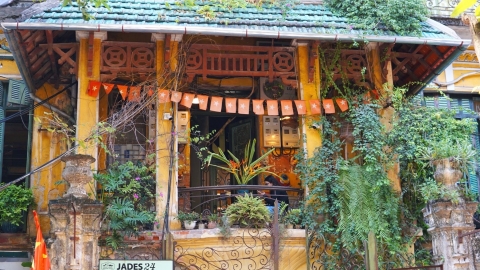Masuleh village was founded around 1006 AD, once located on the “Silk Road” of Gilan. Due to the rich iron, zinc and quartz deposits in the surrounding area, it was a prosperous trading center thanks to the iron industry. For centuries, people from all over came to this area to trade.
Masuleh village is one of the most picturesque places in Iran with lush greenery and houses standing tall in the mist, stacked on top of each other. Every year, Masuleh village welcomes a large number of tourists to visit.

Masuleh village is thousands of years old.
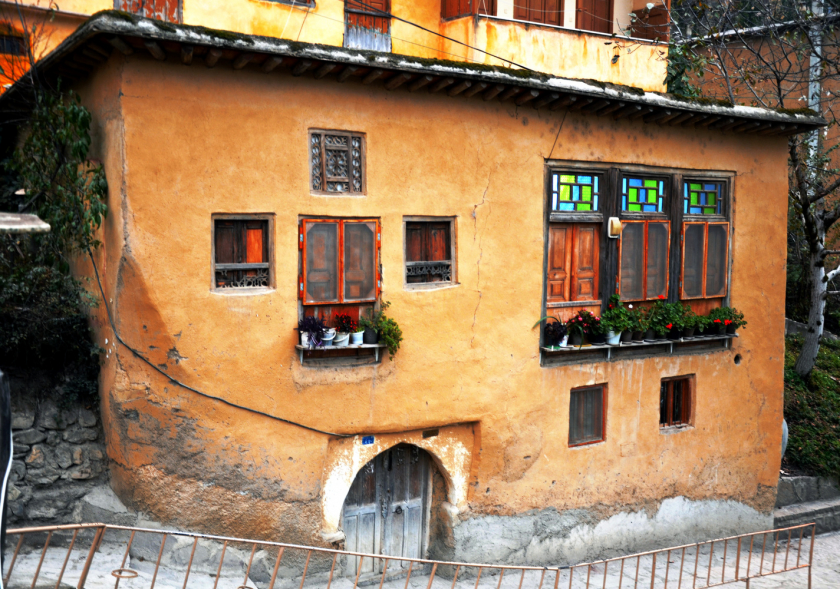
Small houses inside the village.
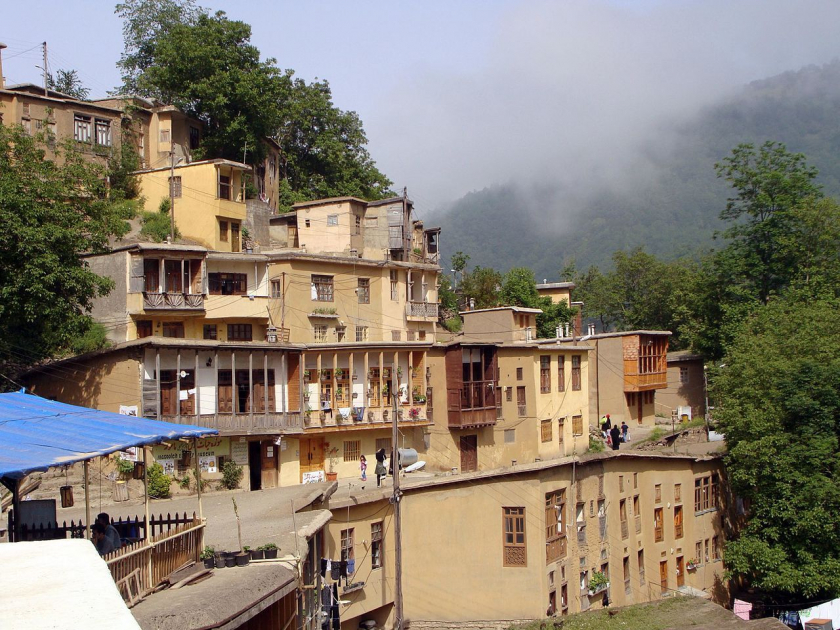
The roofs here connect to each other to form many roads.
Due to the harsh climate conditions, with summers too hot and winters too cold, the ancient native Iranians often relied on the mountain slopes to build villages, using the cliffs as a place to block the sun and wind. Due to its geographical location, the climate of Masouleh village is different from most populated areas in Iran. The warm, humid air blowing from the Caspian is blocked by the Alborz Mountains, creating rain and thick fog.
Fog is also considered one of the village's "specialties". Because it is built on a hill so steep, the roofs of the houses are used as walkways to the neighboring houses. In Iran, terraced villages like Masuleh are not uncommon, especially in the Kurdistan and Mashhad regions. However, Masuleh's thousands of years of history are what attract tourists to this place.

Fog is a typical weather pattern in this area.
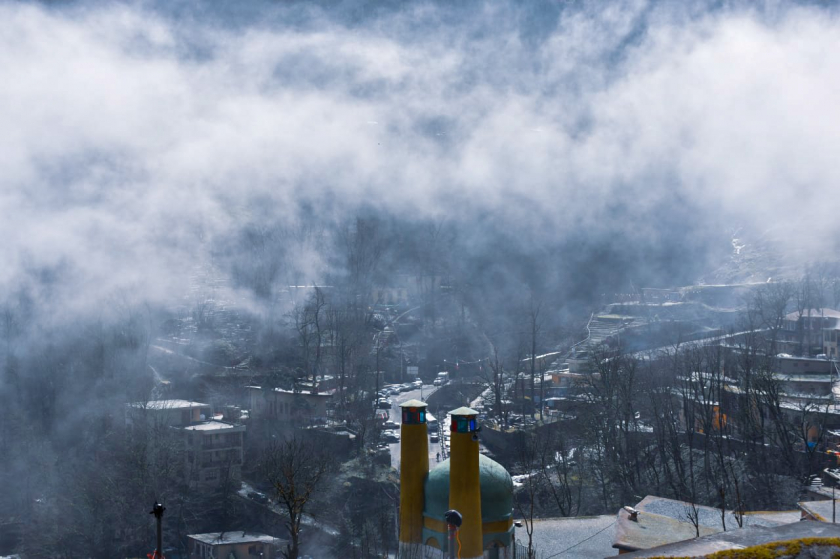
Fog covered every roof.
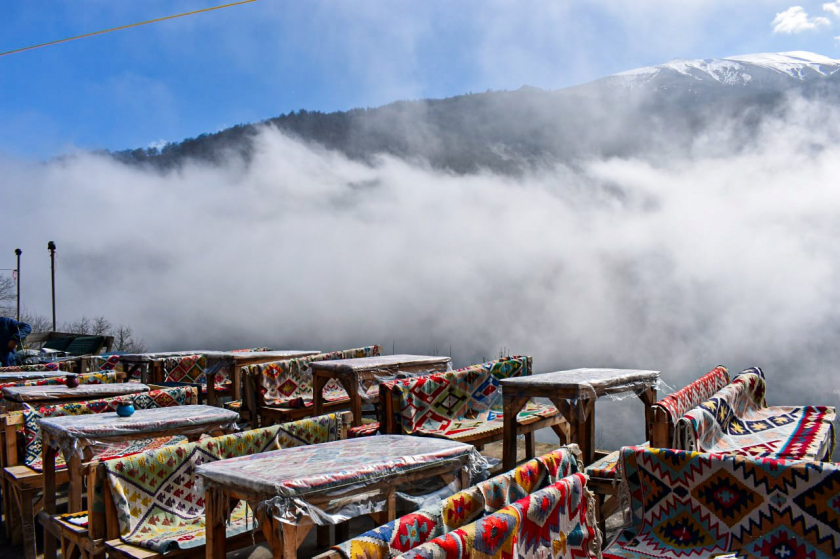
Mist covered the people's embroidered cloths.
The hierarchical architecture gives the village its distinctive character. The flat roofs serve as walkways. They also serve as courtyards and gardens. Masuleh houses are built high to avoid floods, strong winds and low temperatures. The stacked architecture helps them to retain heat optimally. In addition, the bright yellow paint is also chosen as a common color for the houses. It helps people to easily see the houses in the fog.
The spectacular architecture of Masuleh is called “the courtyard of the building above is the roof of the building below”. The buildings are mainly two-storey (first floor and ground floor) made of baked bricks, clay and tree trunks. On the first floor, you will usually find a small living room, bedroom, toilet and balcony. On the lower floor will be the kitchen space connected to the upper floor by a number of narrow stairs inside the building. The unique construction structure, this courtyard is the roof of another apartment, contributing to the attraction for tourists to visit this land.

The roads here are closed to cars.
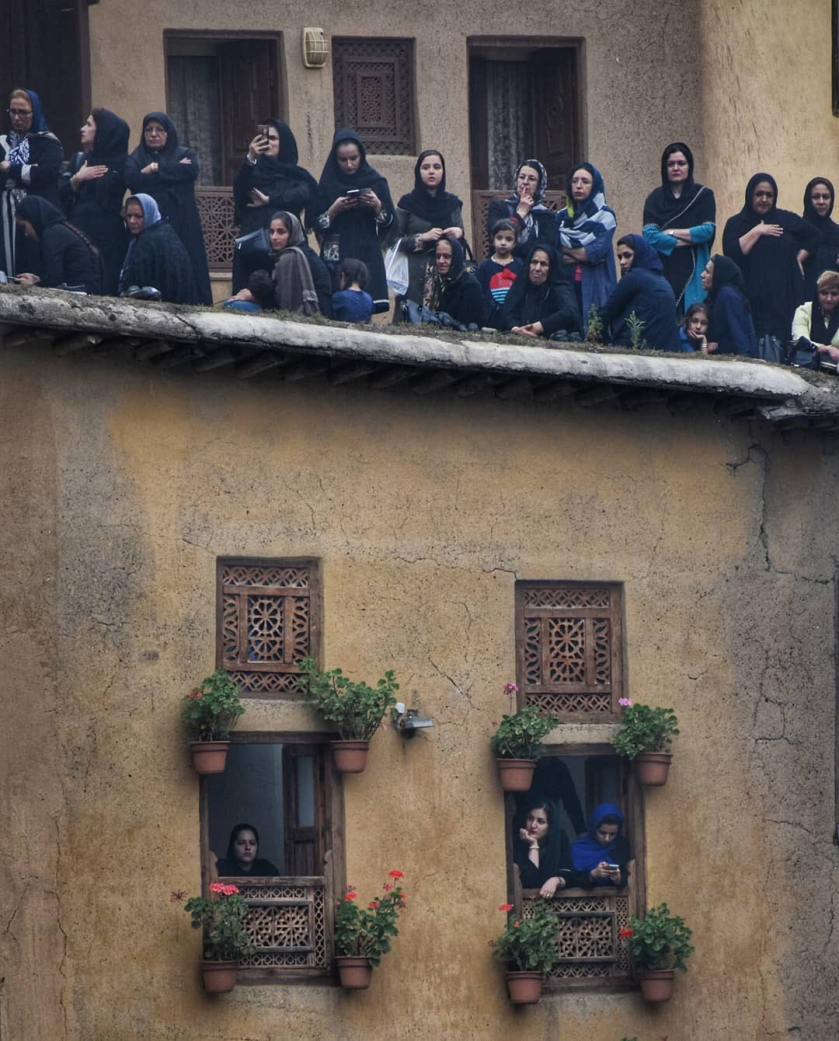
Haram festival in Masouleh village.
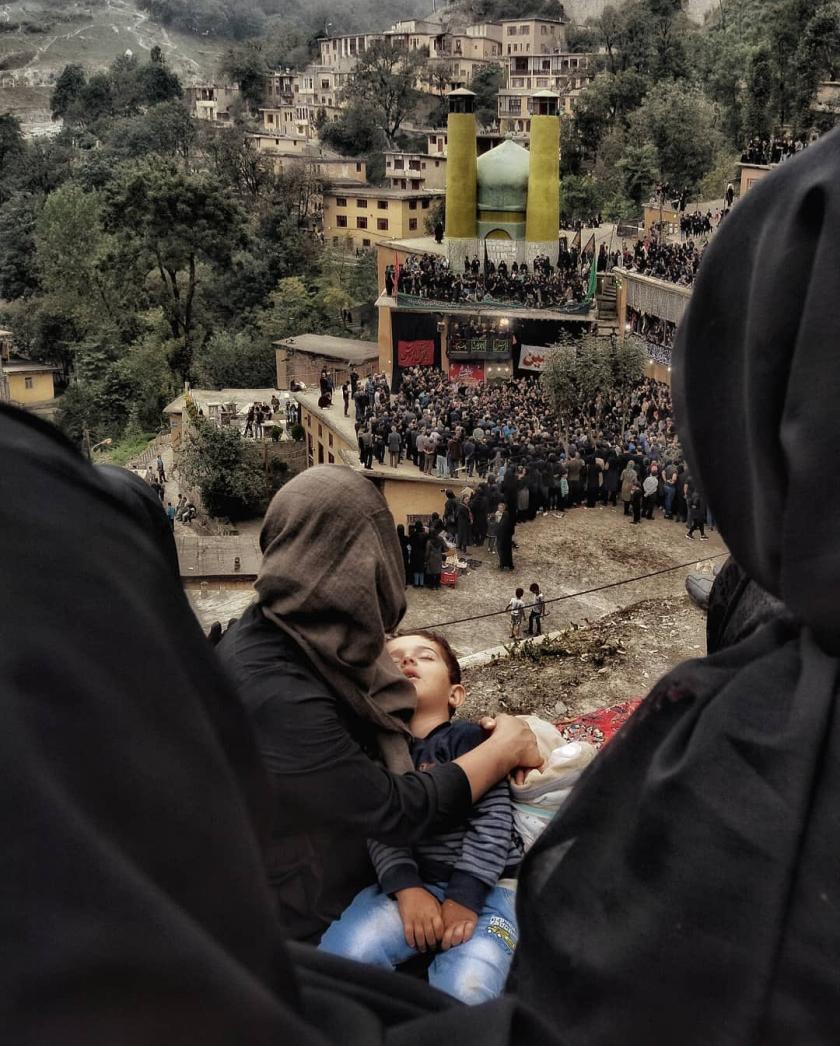
The festival attracted the participation of hundreds of Muslims.
In addition, the stairs are equipped with ramps, the sole function of which is to facilitate the use of wheelbarrows to transport goods. Masuleh is actually the only settlement in Iran where cars are banned.
Here, visitors can find some handicrafts with eye-catching brocade patterns, produced and sold in the market or used to decorate buildings. The unique traditional gereh-chini woodwork art also appears on window frames, doors, etc. Currently, Masuleh village is being filed to become a UNESCO World Heritage Site.



























